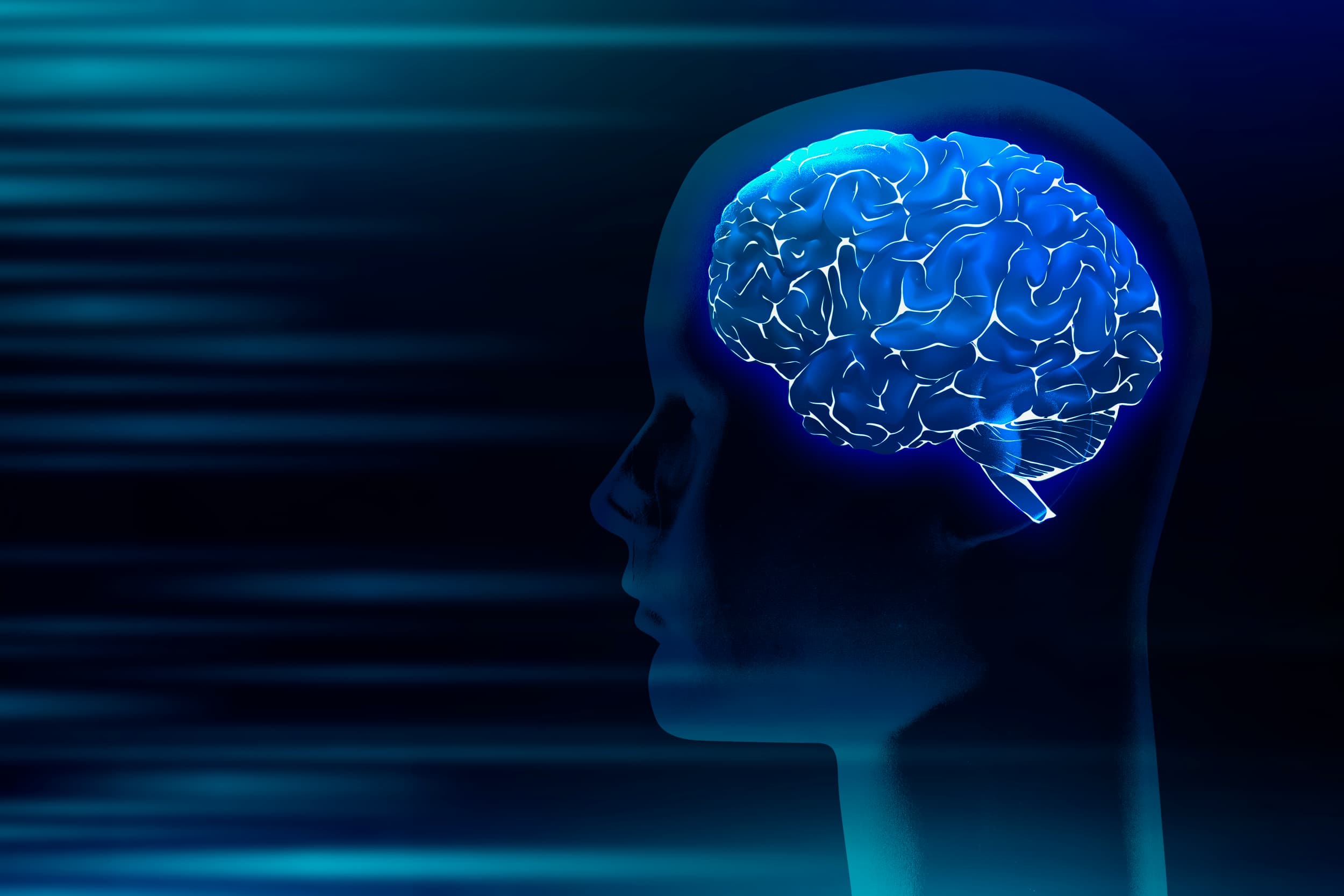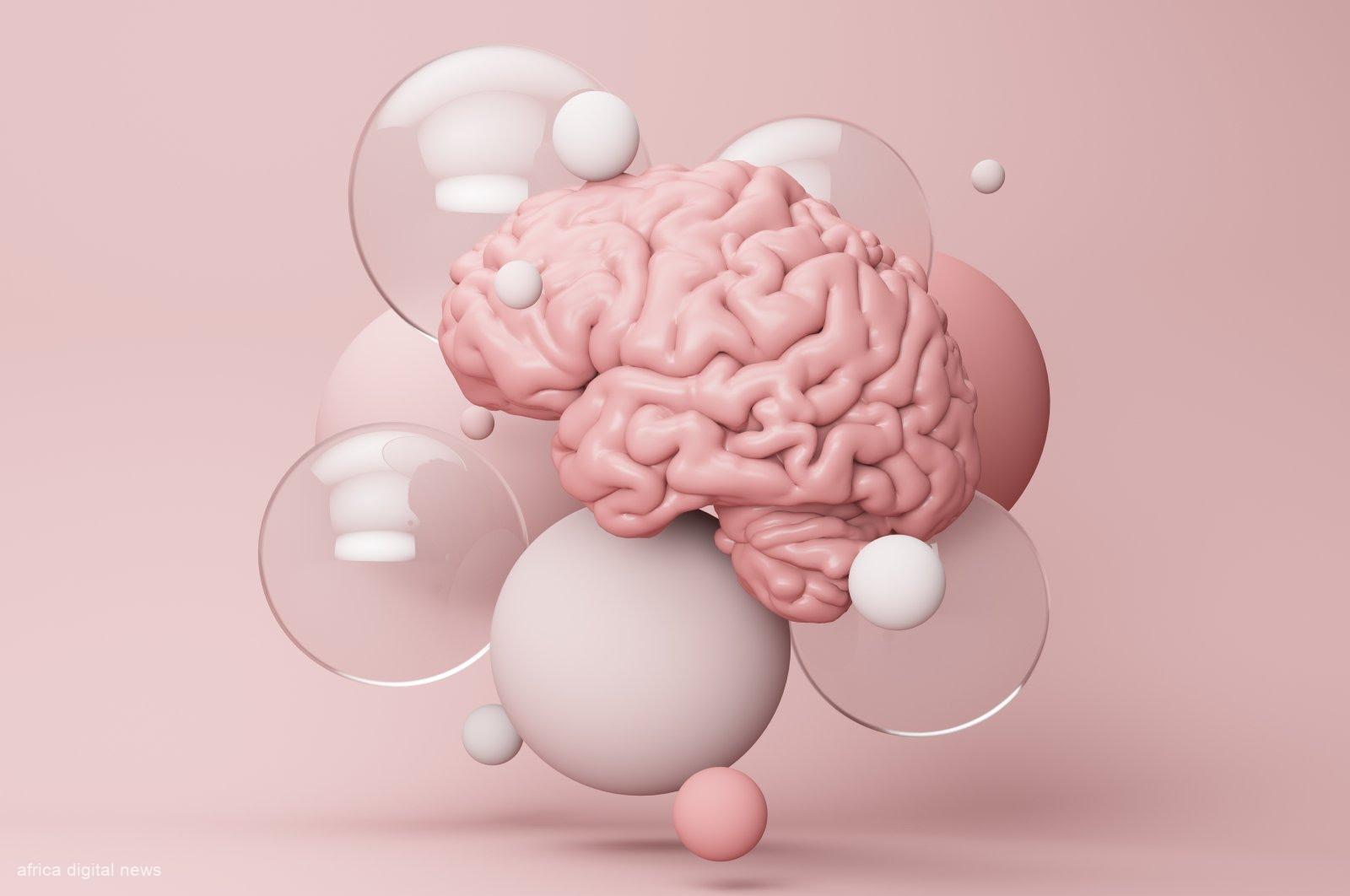Chronic pain, a persistent and often debilitating condition, affects millions of people worldwide. Unlike acute pain, which is temporary and directly related to injury or illness, chronic pain lasts for months or even years and often persists despite medical treatment. This kind of pain can drastically reduce the quality of life, making daily activities challenging and sometimes unbearable. The traditional approach to managing chronic pain has predominantly been pharmacological, relying on medications that come with a range of side effects and the risk of dependency. As a result, there is a growing interest in non-pharmacological approaches that can provide long-term relief without these drawbacks.
This article addresses the various holistic methods for managing chronic pain, including physical therapy, acupuncture, chiropractic care, exercise, yoga, cognitive-behavioral therapy (CBT), and mindfulness.
Benefits of Physical Therapy, Acupuncture, and Chiropractic Care
Physical therapy is widely recognized as one of the most effective non-pharmacological treatments for chronic pain. Physical therapists use a variety of techniques, including exercises, stretches, and manual therapy, to improve mobility, strengthen muscles, and reduce pain. For instance, physical therapy can be particularly beneficial for conditions such as osteoarthritis, lower back pain, and fibromyalgia. According to a study published in the Journal of Pain Research, 60% of chronic pain patients reported substantial pain relief following regular physical therapy sessions. These sessions not only address the pain but also help in improving overall physical function, making it easier for patients to carry out daily activities.
Acupuncture, an ancient Chinese practice involving the insertion of thin needles into specific points on the body, has gained considerable popularity in recent years as a treatment for chronic pain. Acupuncture is believed to stimulate the body’s natural painkillers and improve energy flow, known as qi. A meta-analysis published in JAMA Internal Medicine supports the efficacy of acupuncture for chronic pain conditions, including back and neck pain, osteoarthritis, and chronic headache. The study found that approximately 50% of patients experienced significant pain relief, highlighting acupuncture as a viable option for those seeking non-drug treatments.
Chiropractic care, which focuses on diagnosing and treating musculoskeletal disorders through spinal adjustments, is another effective approach to managing chronic pain. A study published in the Annals of Internal Medicine indicated that chiropractic care combined with standard medical care significantly reduces pain and improves function in patients with chronic back pain. In this study, about 57% of patients reported a 30% reduction in pain after receiving chiropractic treatment. This method addresses the structural issues that contribute to chronic pain, providing relief through adjustments and manipulations that enhance physical function.
The Role of Exercise and Yoga in Pain Relief
Regular exercise is a cornerstone of chronic pain management. It helps to strengthen muscles, improve flexibility, and enhance overall physical fitness, all of which contribute to reducing pain. Aerobic exercises such as walking, swimming, and cycling are particularly beneficial. The American College of Sports Medicine recommends at least 150 minutes of moderate-intensity aerobic exercise per week for individuals with chronic pain. Consistent exercise has been shown to lead to a 25-50% reduction in pain severity, according to various studies. This reduction is significant as it allows patients to gain more control over their pain and improve their quality of life.
Yoga, which combines physical postures, breathing exercises, and meditation, is another powerful tool for managing chronic pain. Yoga helps in reducing stress, improving flexibility, and enhancing the mind-body connection, all of which contribute to pain relief. A study published in the Journal of Pain found that chronic pain patients who practiced yoga experienced a 33% reduction in pain intensity and a 20% improvement in physical function. Yoga’s holistic approach not only addresses the physical aspects of pain but also helps in managing the psychological components, such as stress and anxiety, that can exacerbate pain.
Read also: Key Strategies For Effectively Managing Menstrual Pain
Importance of Mental Health Support, Including Cognitive-Behavioral Therapy (CBT) and Mindfulness
Mental health plays a crucial role in managing chronic pain. Chronic pain often leads to psychological distress, including anxiety and depression, which can, in turn, exacerbate pain. Cognitive-behavioral therapy (CBT) is a highly effective psychological treatment for chronic pain. CBT helps patients change negative thought patterns and behaviors that contribute to their pain experience. A review published in the Journal of Clinical Psychology found that CBT significantly reduces pain intensity, improves mood, and enhances the quality of life in chronic pain patients, with about 60% of patients reporting substantial improvements.
Mindfulness-based stress reduction (MBSR) is another effective mental health intervention for chronic pain. MBSR combines mindfulness meditation with yoga and has been shown to reduce pain, improve psychological well-being, and enhance coping skills. A study in the Journal of Pain and Symptom Management reported that patients undergoing MBSR experienced a 40% reduction in pain intensity and a 30% decrease in psychological distress. By focusing on the present moment and accepting their pain without judgment, patients can reduce the stress and anxiety that often accompany chronic pain.
Conclusion: Encouraging a Holistic Approach to Chronic Pain Management
Managing chronic pain requires a comprehensive, holistic approach that addresses both physical and mental health aspects. Non-pharmacological treatments such as physical therapy, acupuncture, chiropractic care, exercise, yoga, cognitive-behavioral therapy, and mindfulness offer effective and sustainable pain relief without the side effects and risks associated with medications.
By integrating these various approaches, individuals with chronic pain can achieve significant improvements in their pain levels and overall quality of life. It is crucial for healthcare providers to encourage and support patients in exploring these holistic options, ensuring a more balanced and effective pain management strategy. The future of chronic pain management lies in embracing these diverse, non-pharmacological treatments that empower patients to take an active role in their health and well-being.
As we continue to advance our understanding of chronic pain and its management, it becomes increasingly clear that a one-size-fits-all approach is insufficient. Each patient’s experience with pain is unique, and their treatment plan should be tailored to address their specific needs and circumstances. By promoting a holistic approach to chronic pain management, we can help more individuals find relief and improve their quality of life, paving the way for a healthier, more inclusive future.










